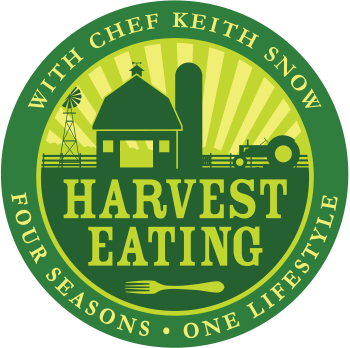All About Mustard-The Little Seed with Big Flavor and Magical Culinary Uses.
Mustard is a member of the brassica family of plants and is grown all over the world and is prised in many different cuisines from France to India, Germany, and, of course, The United States of America. The total acres of mustard harvested here in the US was 91,400 acres in 2020. The total production was 81.8 million pounds. The average mustard yield in 2020 was 895 pounds per acre. Mustard is primarily grown in Idaho, Montana, North Dakota, Oregon, and Washington. There are three common mustard seeds, white, yellow, and brown.
Yellow mustard is the gold standard for mustards in America. The famous bright yellow color comes from the use of both finely ground yellow mustard seeds and turmeric, a powerful coloring spice. The ground mustard seeds and turmeric are mixed with water and vinegar, and sometimes mild spices, to yield a thick, squeezable condiment. Most yellow mustards start with ground mustard seed or mustard flour.
Spicy mustard or deli mustard is usually made with brown mustard seeds, you probably have heard of Gulden's mustard... the popular type is spicy brown mustard.
Originally made in Dijon, France in 1865 Burgundian mustard is a sharp and spicy and also the first type to be regulated. The formula consists of brown mustard seeds and verjuice, an acidic juice that is made using unripe grapes. Acidity slows down the reaction that produces heat in mustard, so opting for a less acidic type of liquid creates a more robust, strong flavor profile with intense heat. They dont use Verjuice anymore.
Most Dijon mustards are made using low acidity liquids – like white wine – and use either brown and/or black mustard seeds. Its pungent and sharp taste can be used in most applications whenever you want a bit more of that mustard-y bite. Dijon also works incredibly well mixed into sauces, mayos, and vinaigrettes, to help develop the flavor further.
I personally visited a mustard factory in Dijon France called Edmond Fallot and I was amazed by the process which has changed little over the centuries. I also learned a pretty neat fact, mustard while treasured in France, most seeds are not grown there. They import the seed from western Canada and the USA. In recent years late frosts in spring have damaged much of the French crop.
Ways to use mustard other than on sandwiches:
In southern BBQ yellow mustard is used as sticky precusor to the application of seasonings for low nad slow bbq. I always use Dijon mustard in my vinagriettes and it makes anexcellent addition to sauces. In my cookbook the recipe for cider mustard sauce is pretty nice...basically a pan sauce that consists of chicken stock, apple cider, Dijon mustard and a touch of heavy cream.
Also, honey mustard is a pretty common condiment to dip things like chicken fingers in. I would definatley encourage you to try some mustrad at home, it's pretty easy, mix some yellow and brown seeds, pulverize with a litel water, add some white wine, active pickly juice, salt, tough of sugar and let it ferment at room temp in a container for a few weeks. You'll have something amazing that you made yourself!
Recommended Links:
Resources:
https://www.youtube.com/watch?v=4nVOhHo0puE Great video from burgundy France shows the method to make mustard.
https://www.fallot.com/en/la-moutarde-en-bourgogne/
https://www.agmrc.org/commodities-products/grains-oilseeds/mustard
https://www.fallot.com/en/la-moutarderie-fallot/
https://www.approachinghome.com/harvest-mustard-seeds/
https://www.doityourself.com/stry/how-to-grow-and-harvest-mustard-from-seed-to-sauce
https://www.youtube.com/watch?v=PRM3HVax14E
https://www.youtube.com/watch?v=KdtpBKKIvrk
